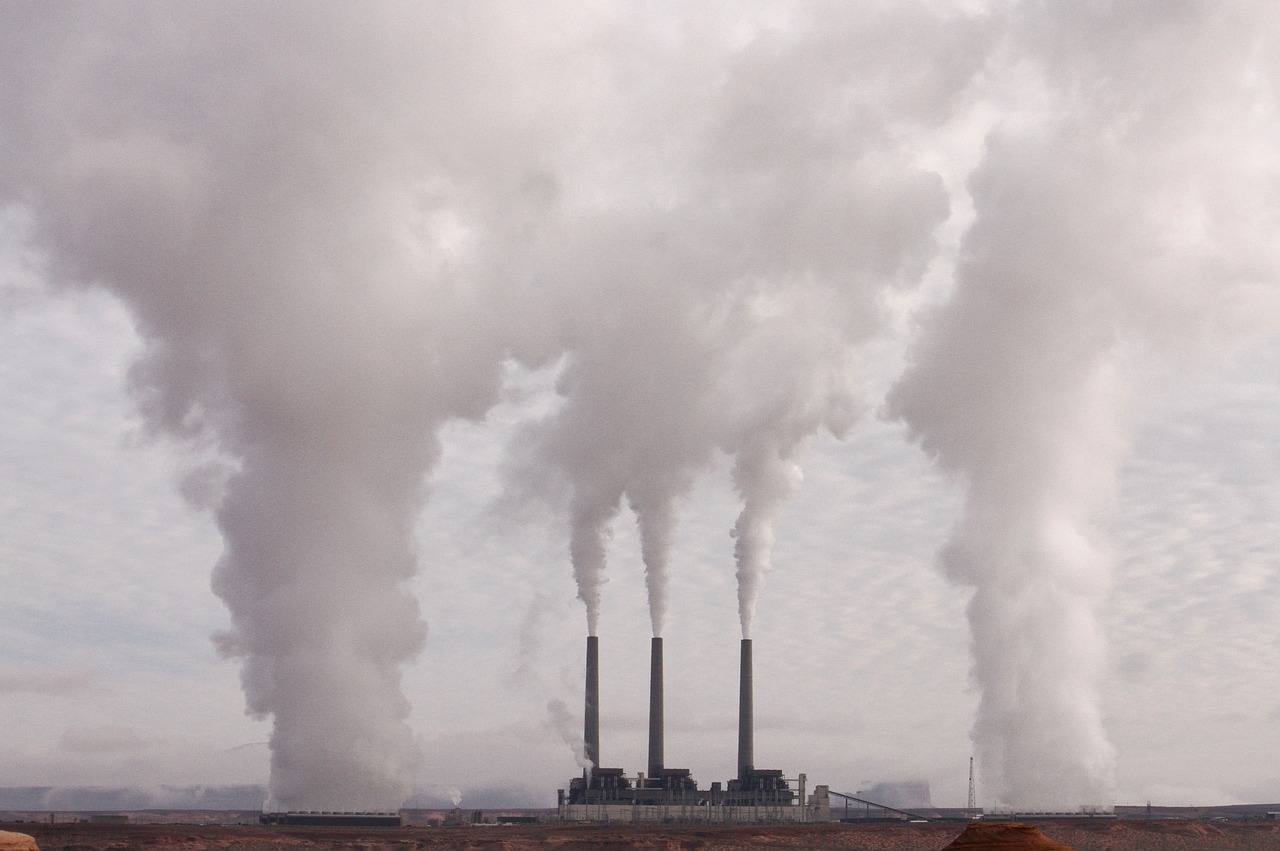Emissions of the most serious air pollutants continue to decline in the European Union. In the case of particulate matter, nitrogen oxides and other pollutants, the values fell between 2017 and 2018 – in Austria even more than the EU average.
This continues the slow but steady trend in emissions of these pollutants that has persisted since 1990, as the European Environment Agency EEA announced in Copenhagen.
Before the coronavirus
According to the EEA, the EU-wide decrease from 2017 to 2018 for particulate matter (PM2.5) was 3.8 percent, while nitrogen and sulfur oxide (NOx and SOx) levels fell by 4.1 and 6.7 percent respectively. The values of so-called volatile organic compounds other than methane (NMVOC) fell by 2.0 percent, carbon monoxide (CO) by 4.3 percent and ammonia (NH3) by 1.6 percent. As the figures are from 2018, the coronavirus crisis and the associated restrictions on public life in many countries had no effect on these figures.
Austria better than the EU average
Austria was above the EU average, especially in the reduction (from 2017 to 2018) of nitrogen oxide emissions (minus 6.8 percent), sulfur oxides (minus 8.4 percent) and particulate matter PM2.5 (minus 6.8 percent), while ammonia (minus 1.6 percent) was exactly above the EU average.
Air pollution is the biggest single environmental threat to human health in Europe. It contributes to chronic problems such as asthma, cardiovascular disease and lung cancer. Poor air quality can also damage ecosystems and several pollutants contribute to climate change.
— Hector Pascua, Source: science.ORF.at. Picture: stockilyapp.com
This post has already been read 1150 times!



